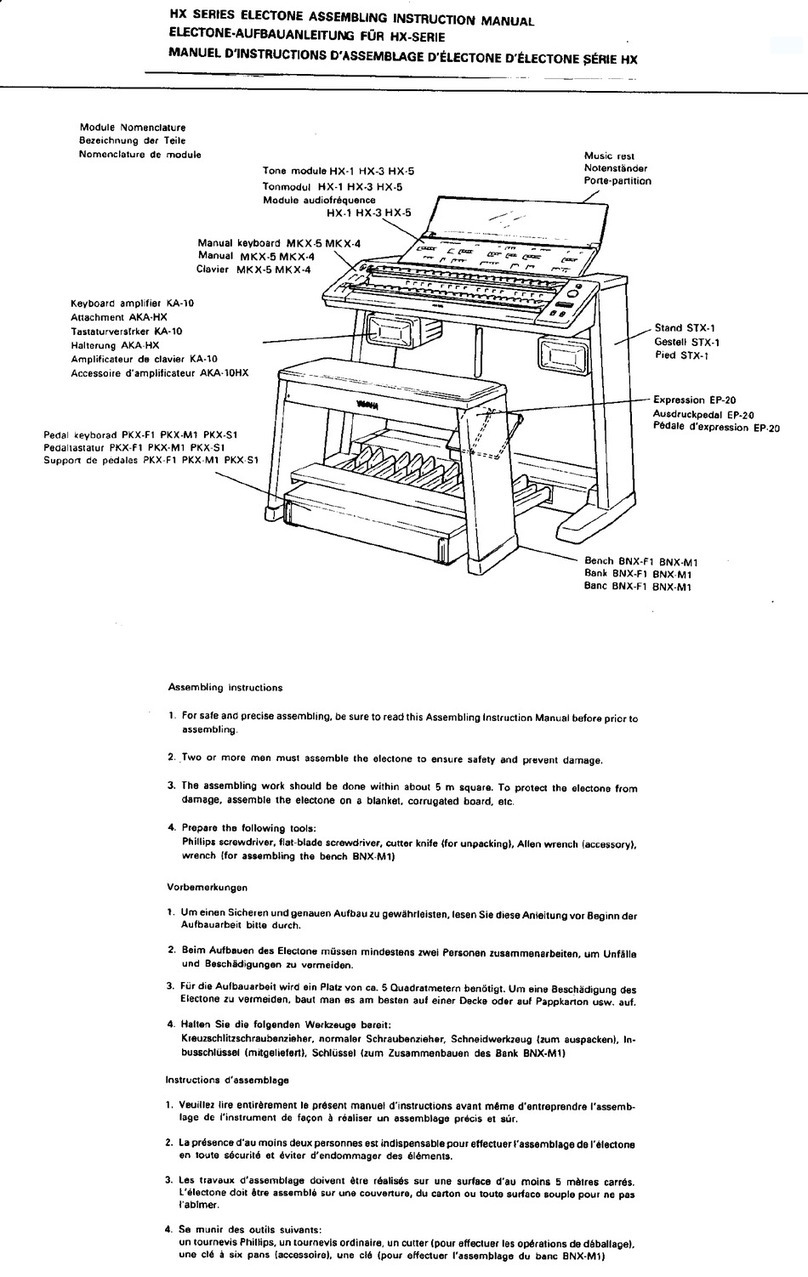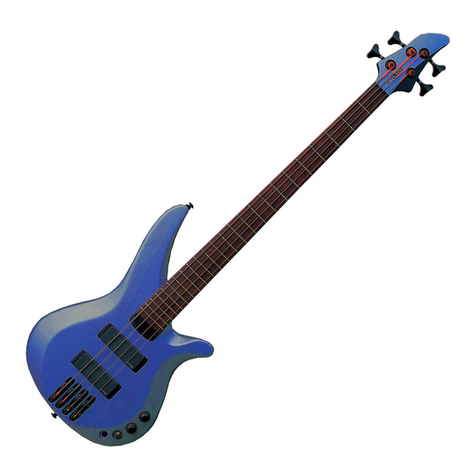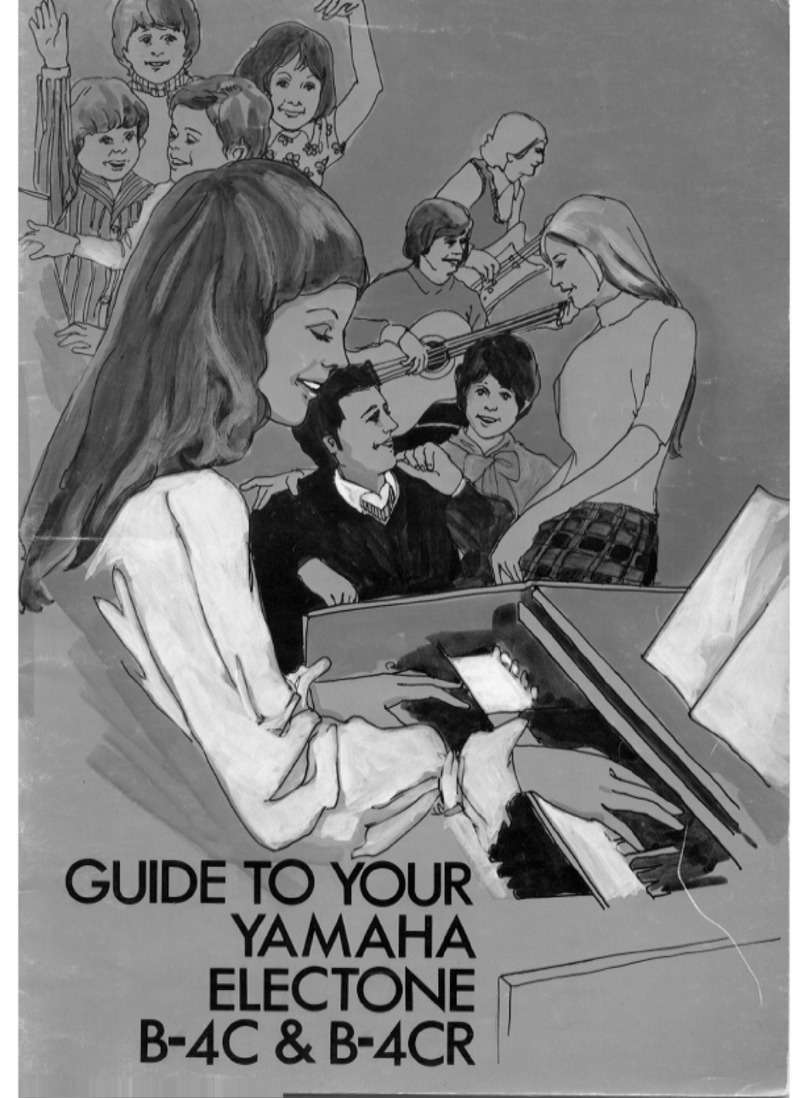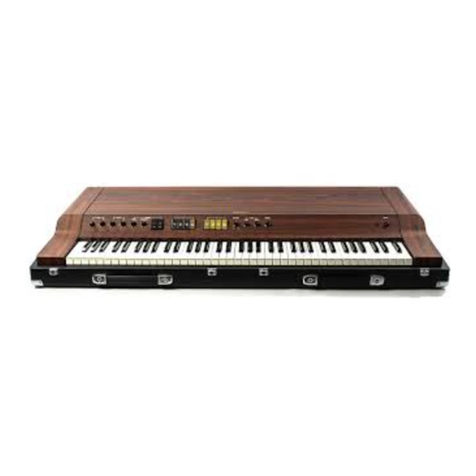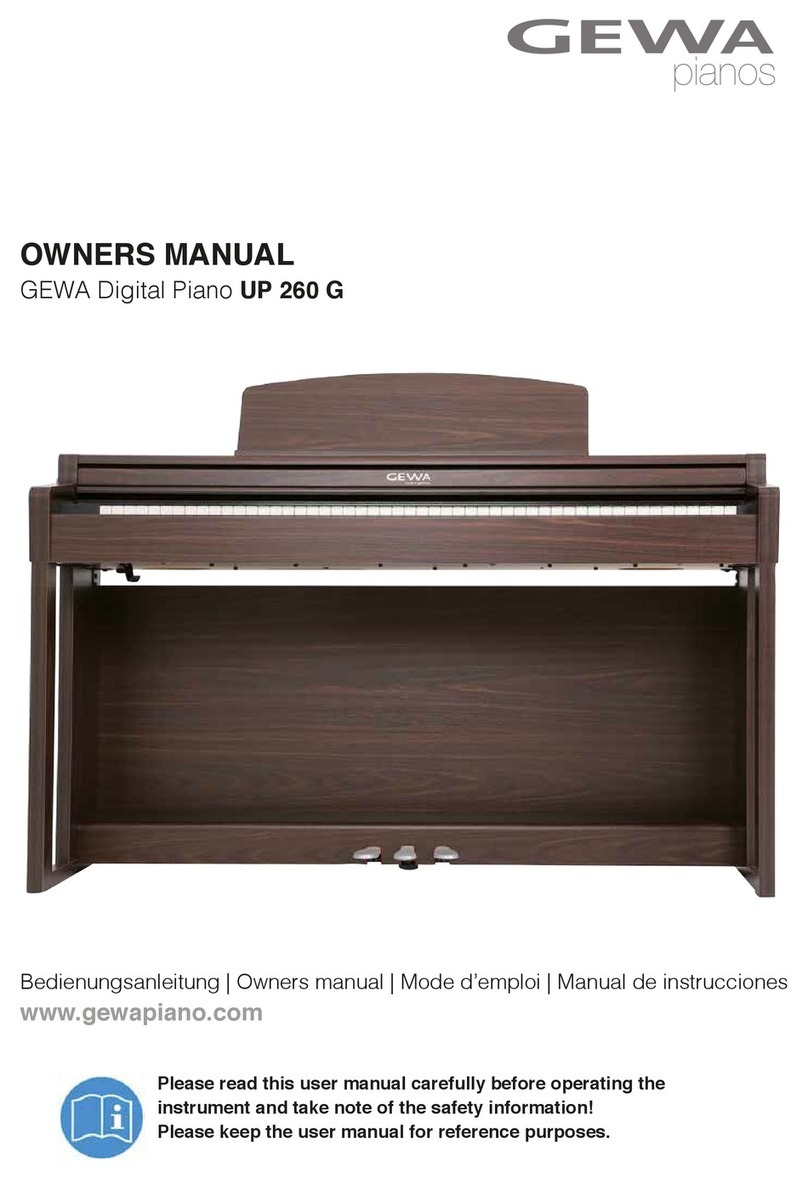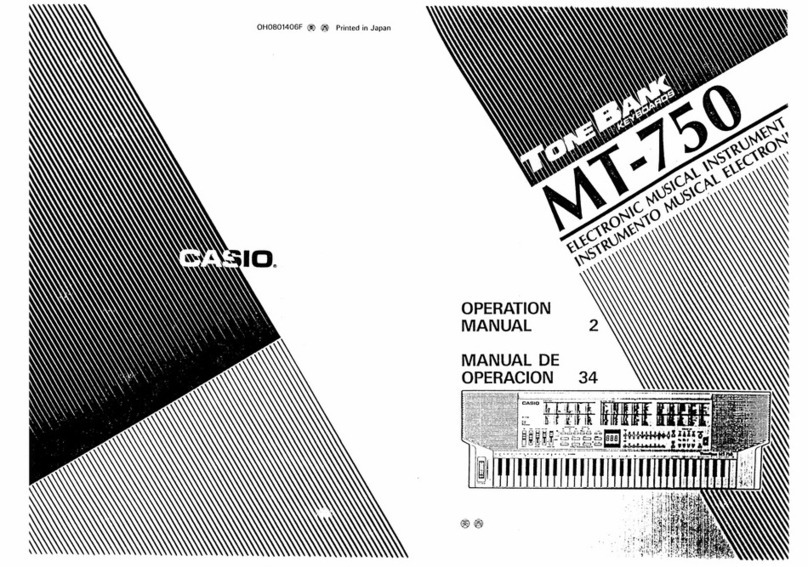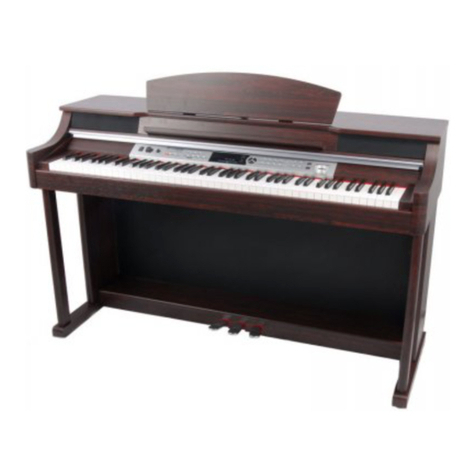Yamaha pf10 User manual
Other Yamaha Musical Instrument manuals

Yamaha
Yamaha YC-25D User manual

Yamaha
Yamaha YM-460 User manual
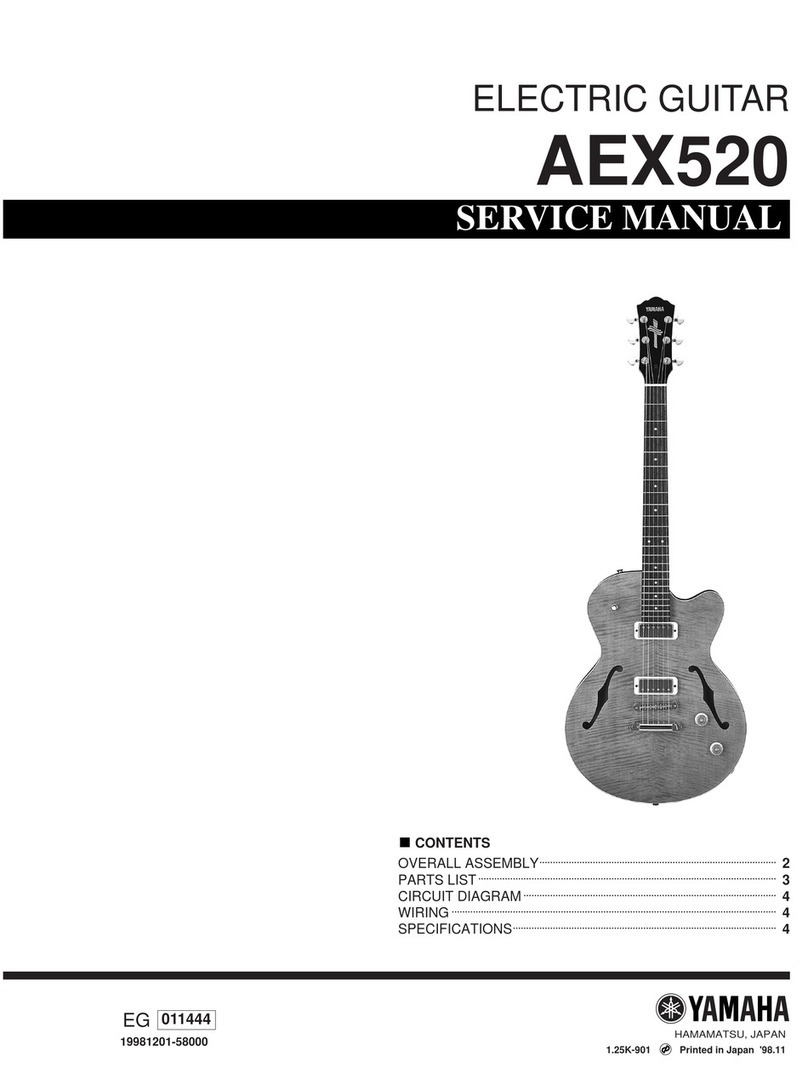
Yamaha
Yamaha AEX520 User manual
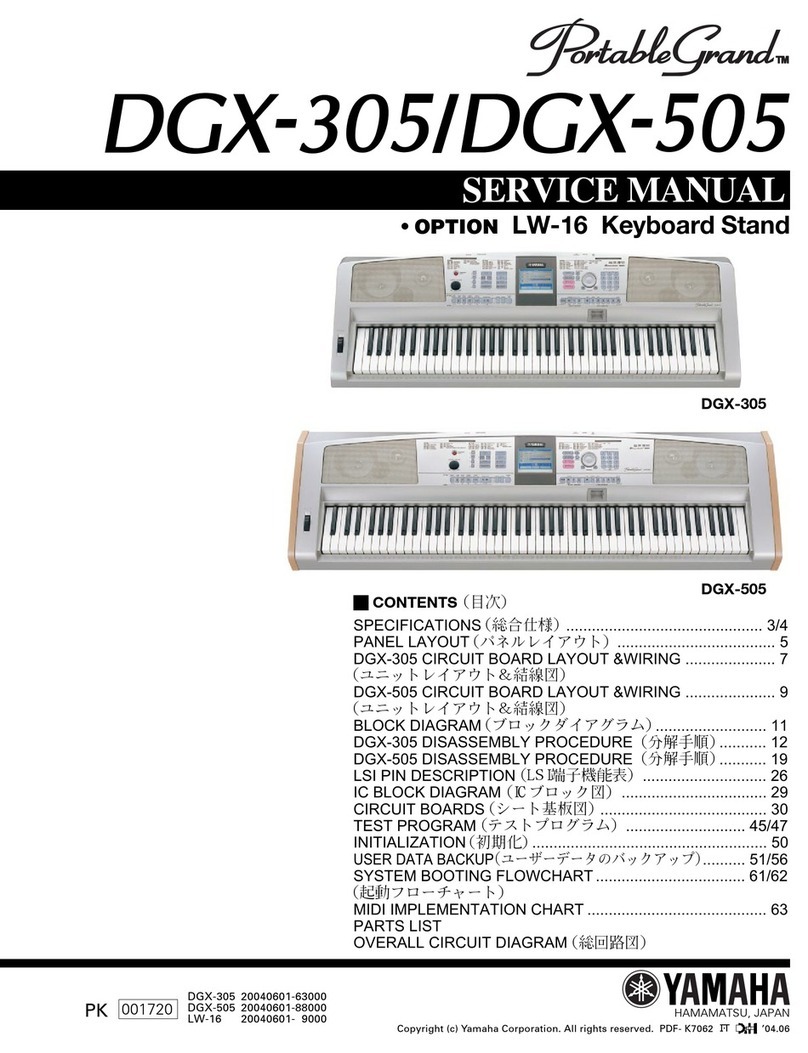
Yamaha
Yamaha Portable Grand DGX-305 User manual
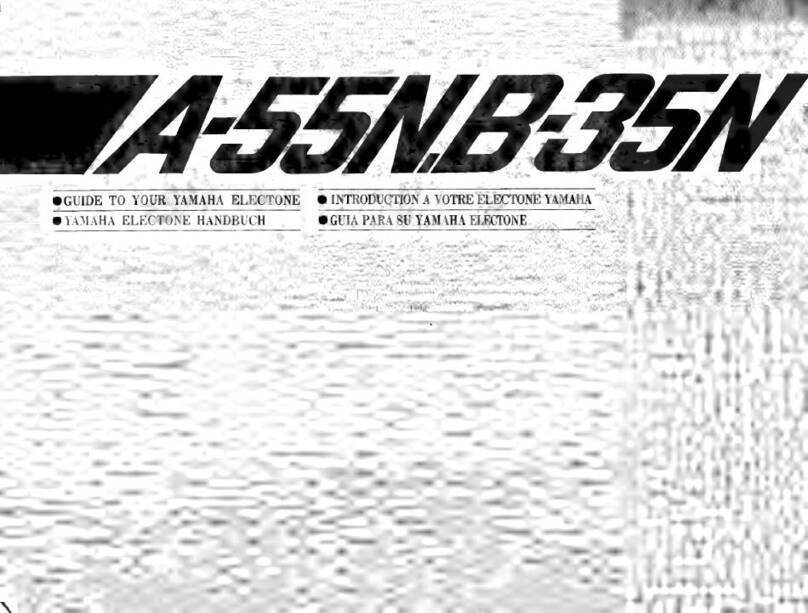
Yamaha
Yamaha Electone A-55N User manual

Yamaha
Yamaha Clavinova CLP-560 User manual

Yamaha
Yamaha Atmosfeel User manual
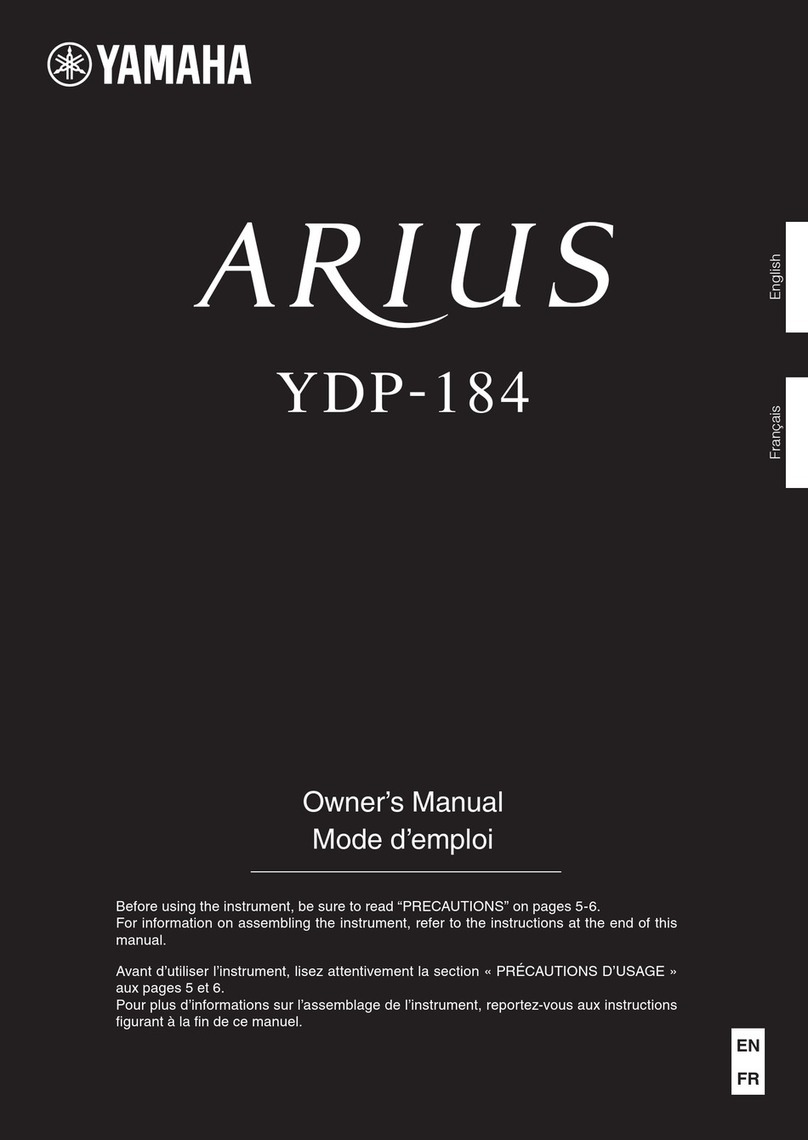
Yamaha
Yamaha Arius YDP-184 User manual
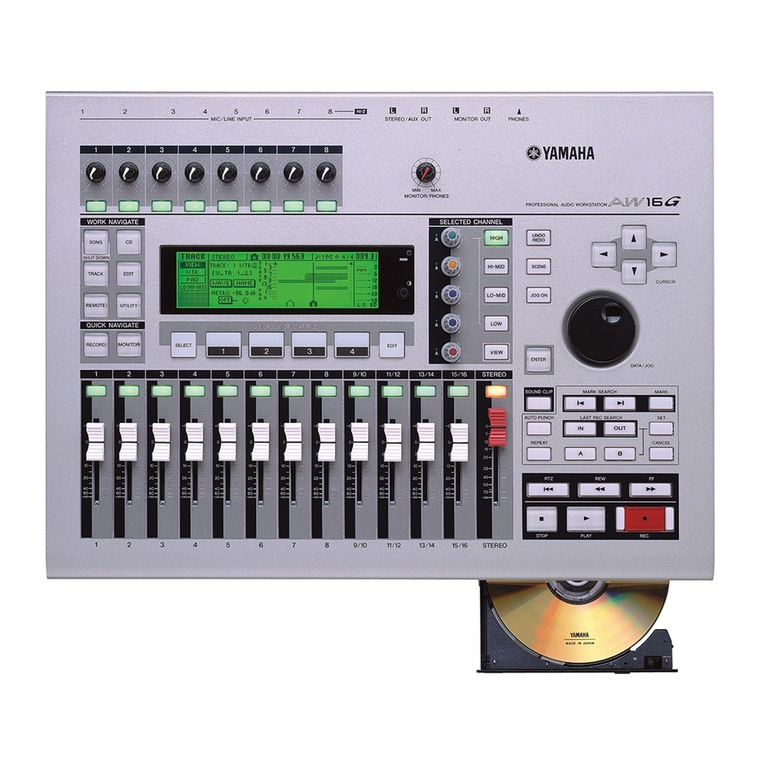
Yamaha
Yamaha AW16G Recording 101 User manual
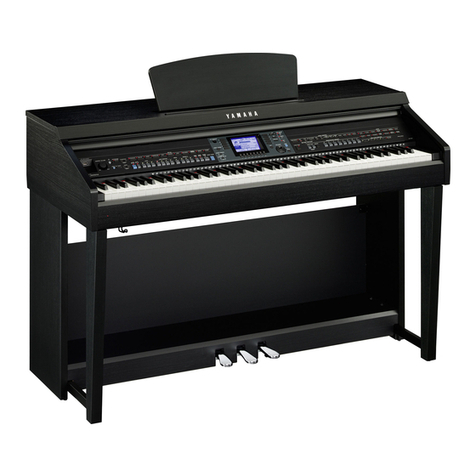
Yamaha
Yamaha Clavinova CVP-601 User manual
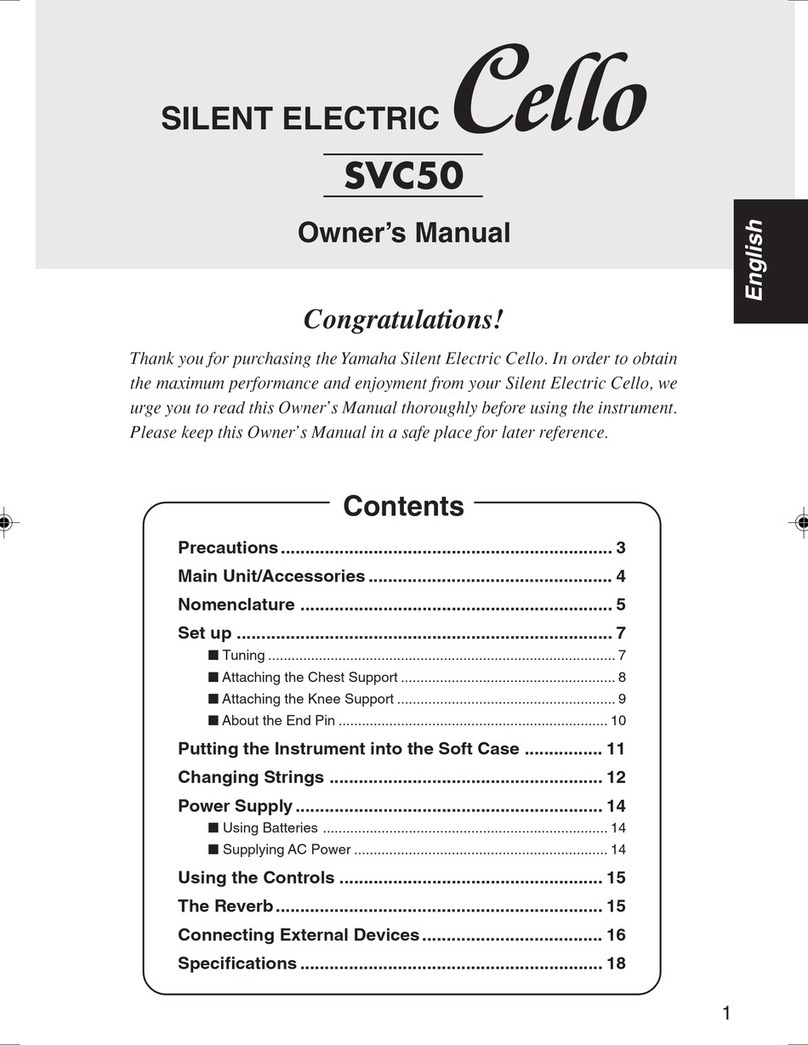
Yamaha
Yamaha SILENT ELECTRIC Cello SVC50 User manual

Yamaha
Yamaha PortaTone PSR-6000 User manual
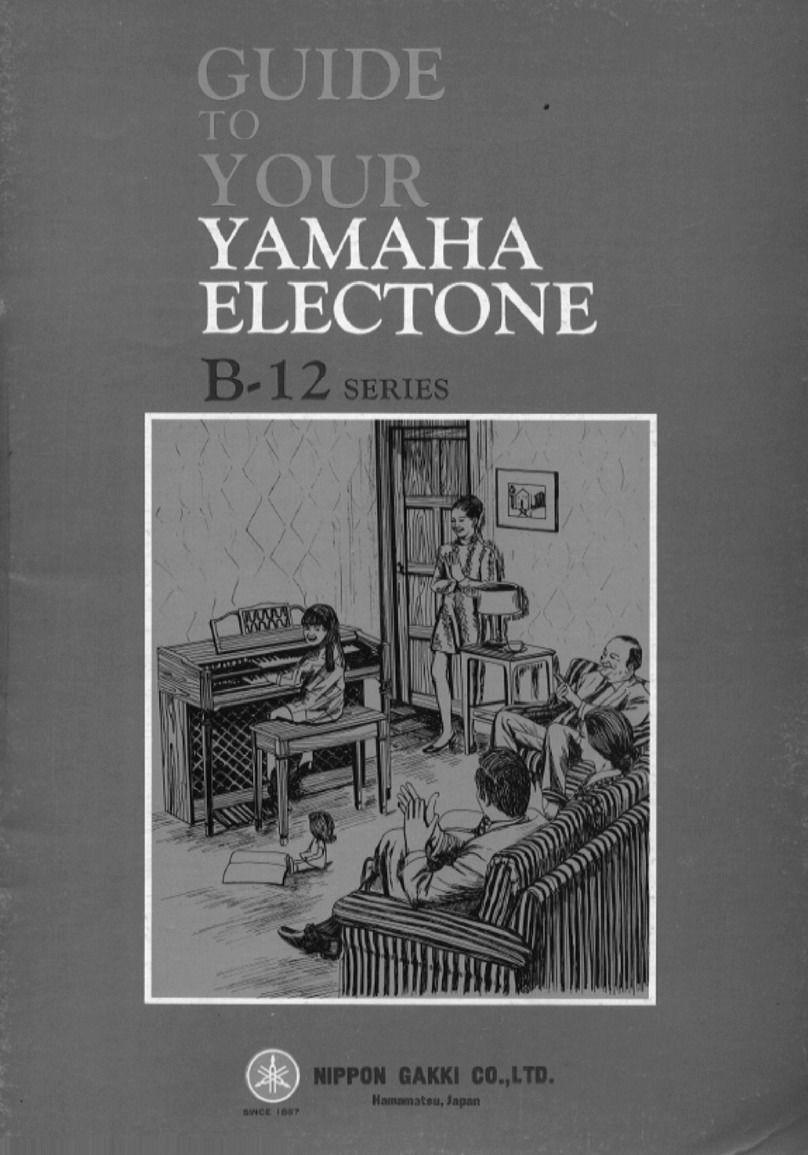
Yamaha
Yamaha B-12 User manual
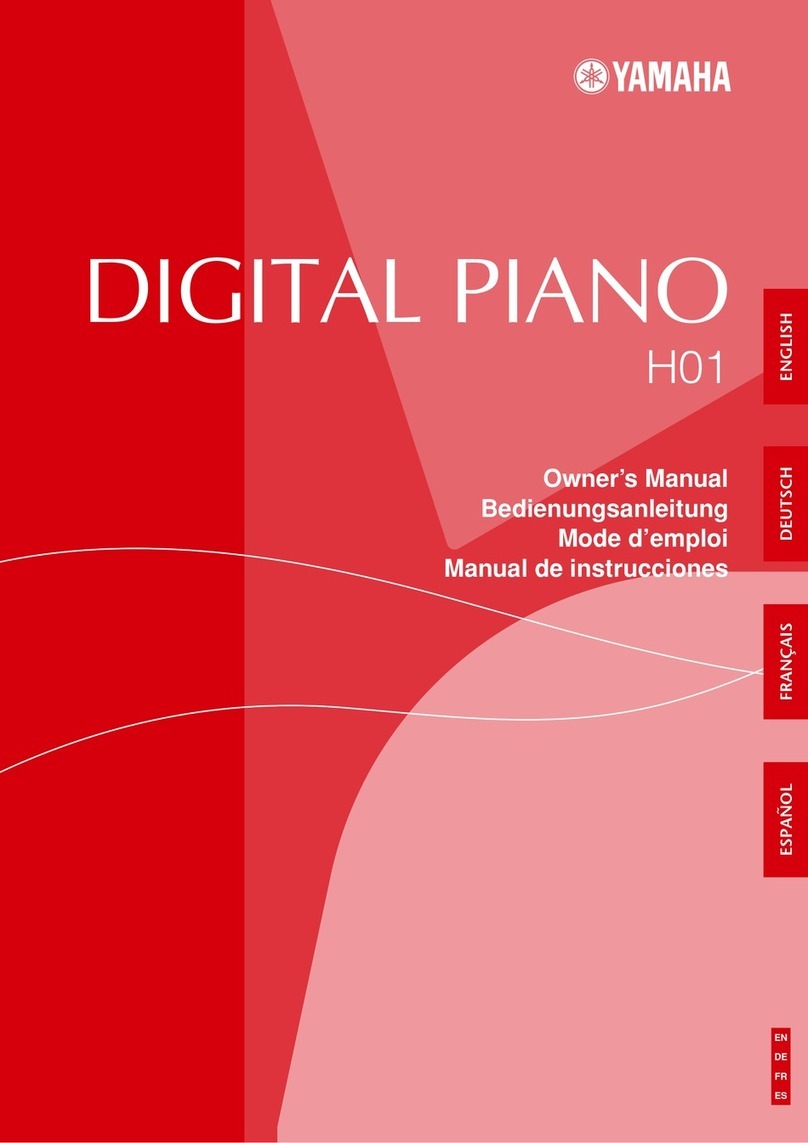
Yamaha
Yamaha H01 User manual
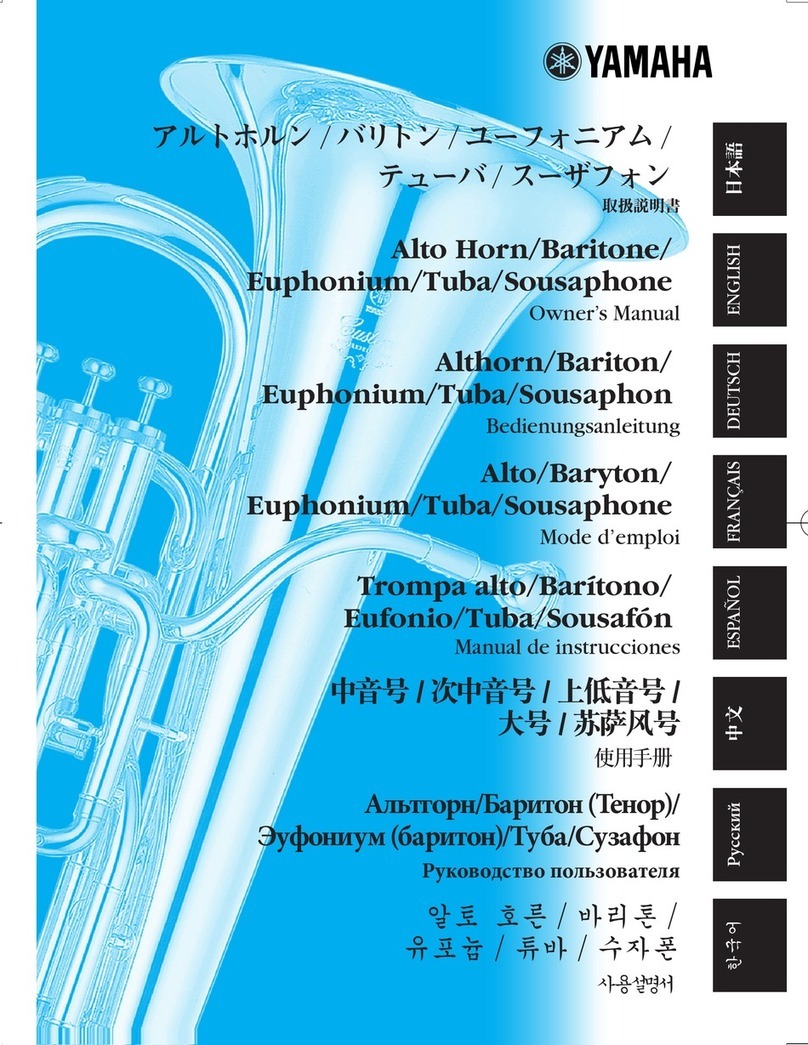
Yamaha
Yamaha Sousaphones User manual
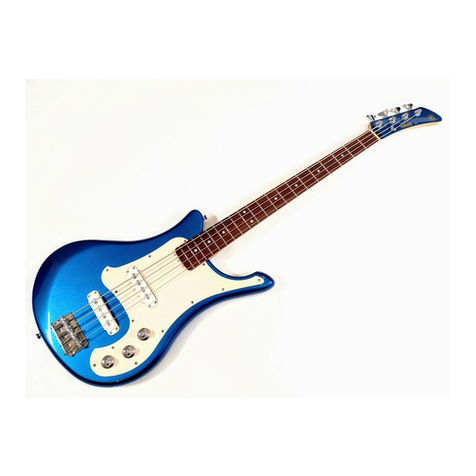
Yamaha
Yamaha SBV500 User manual
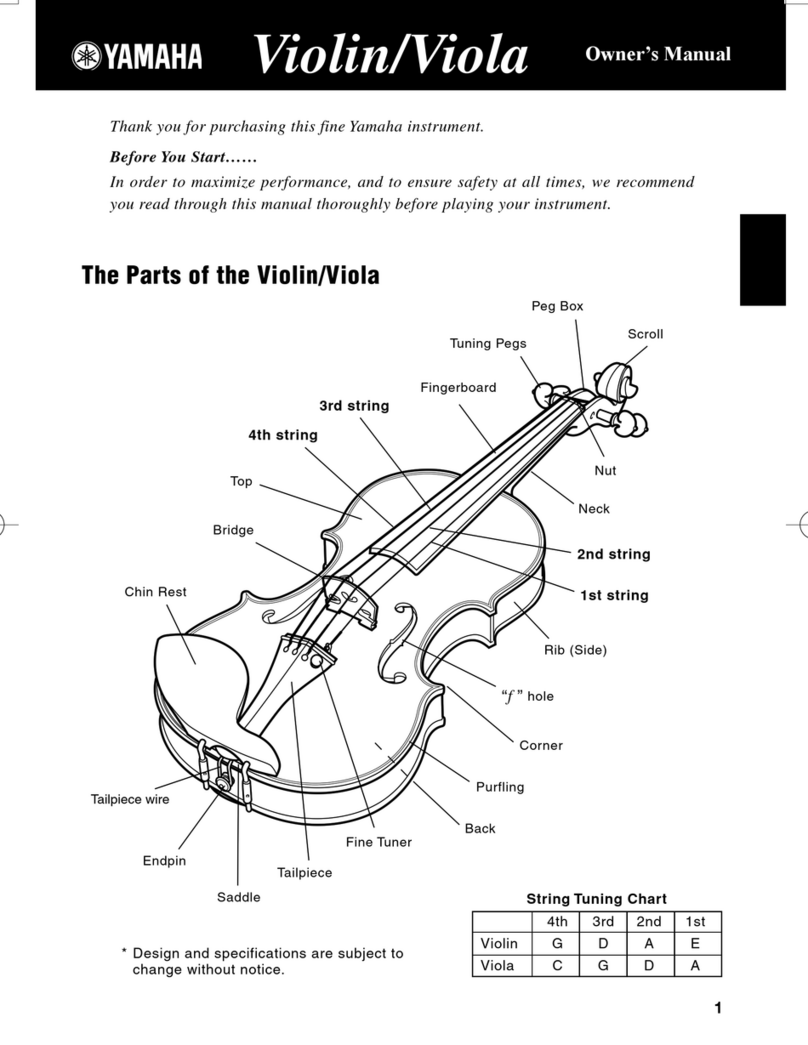
Yamaha
Yamaha Violin/Viola User manual
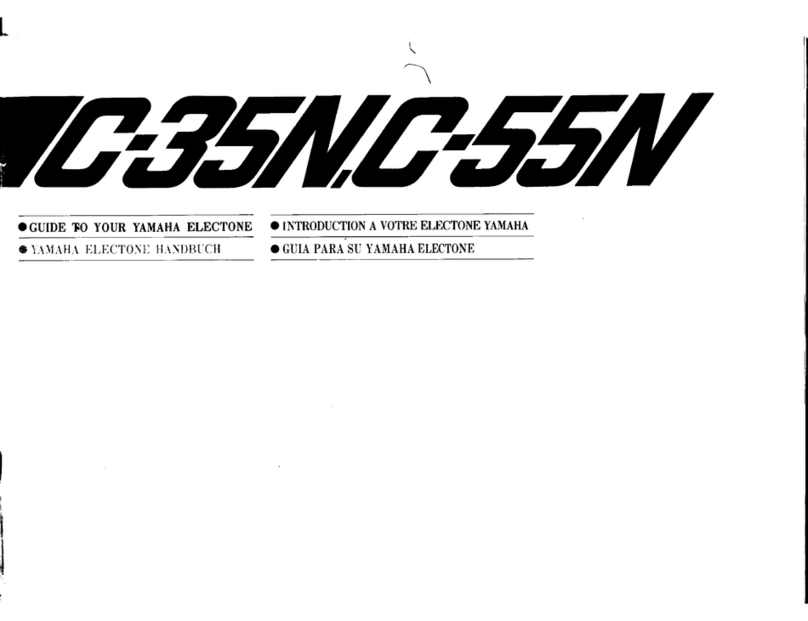
Yamaha
Yamaha Electone C-35N User manual
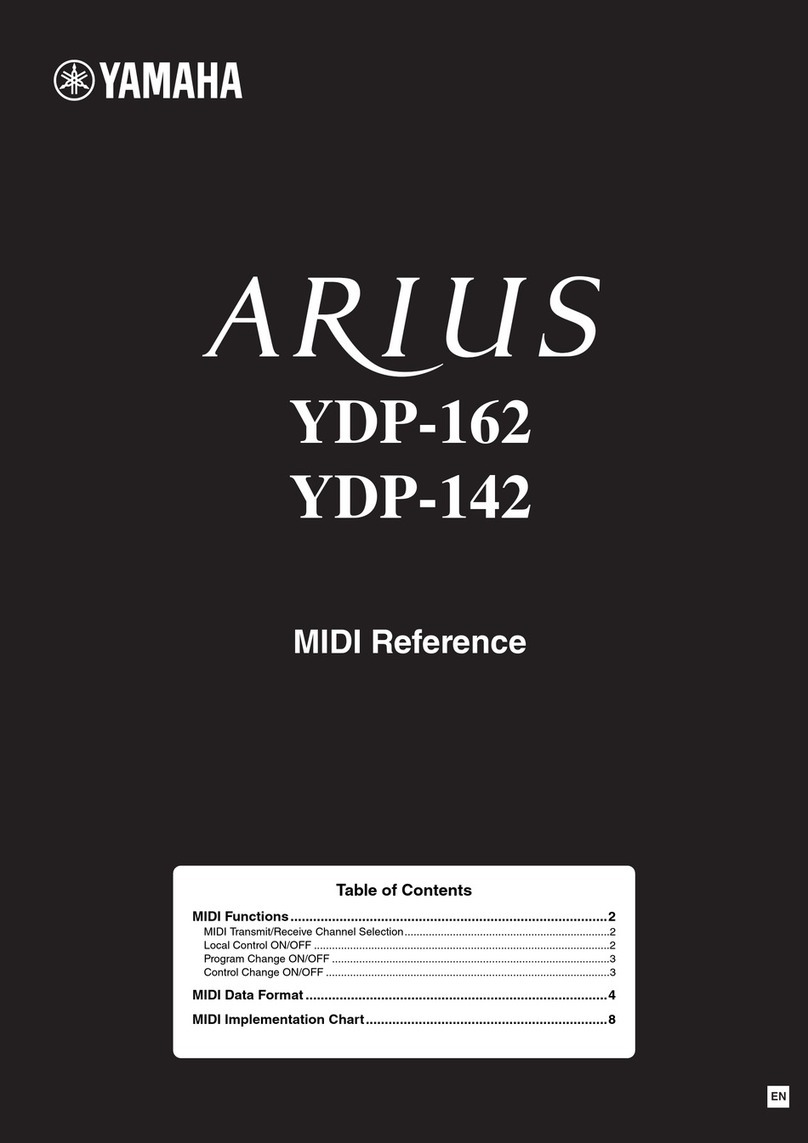
Yamaha
Yamaha 142 Service manual

Yamaha
Yamaha BB2005 User manual
